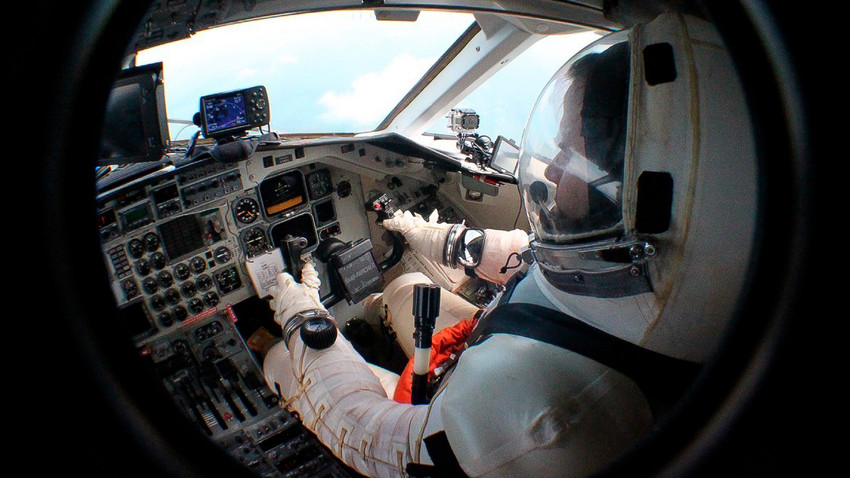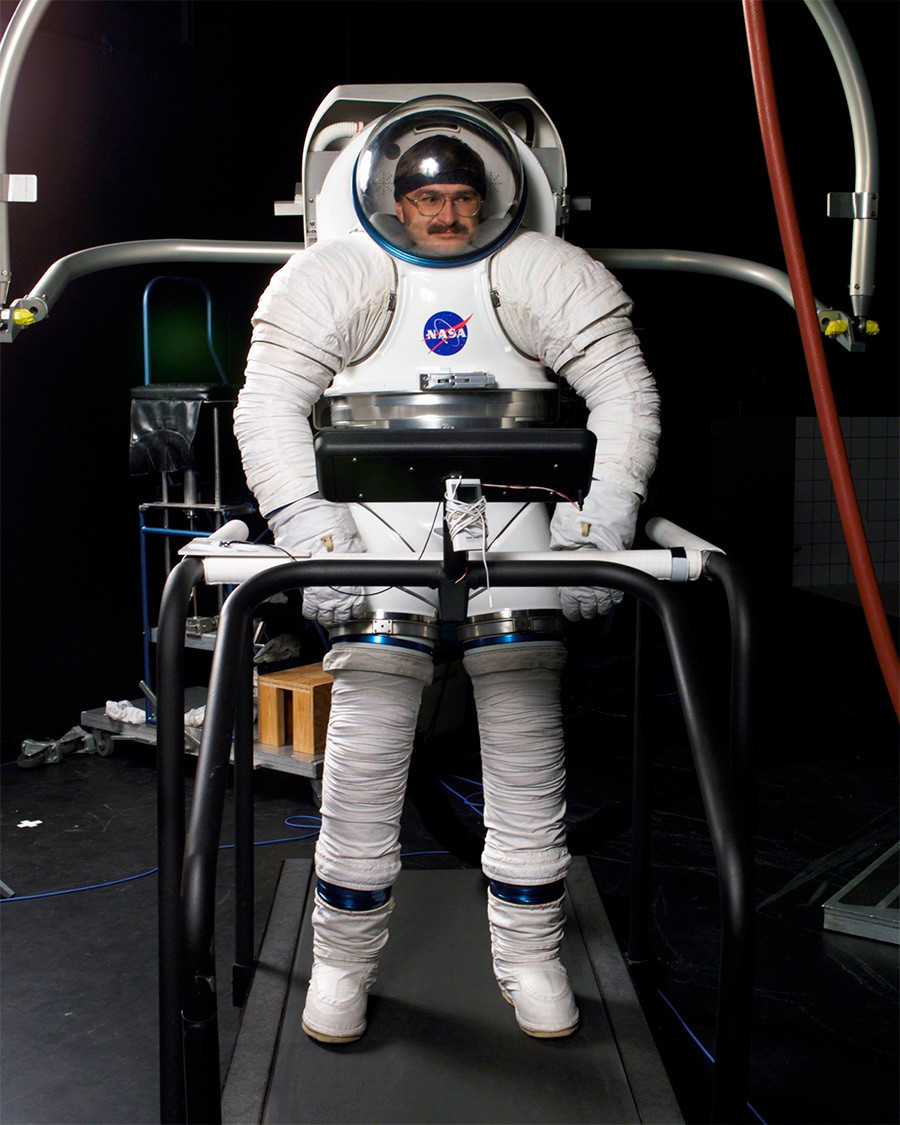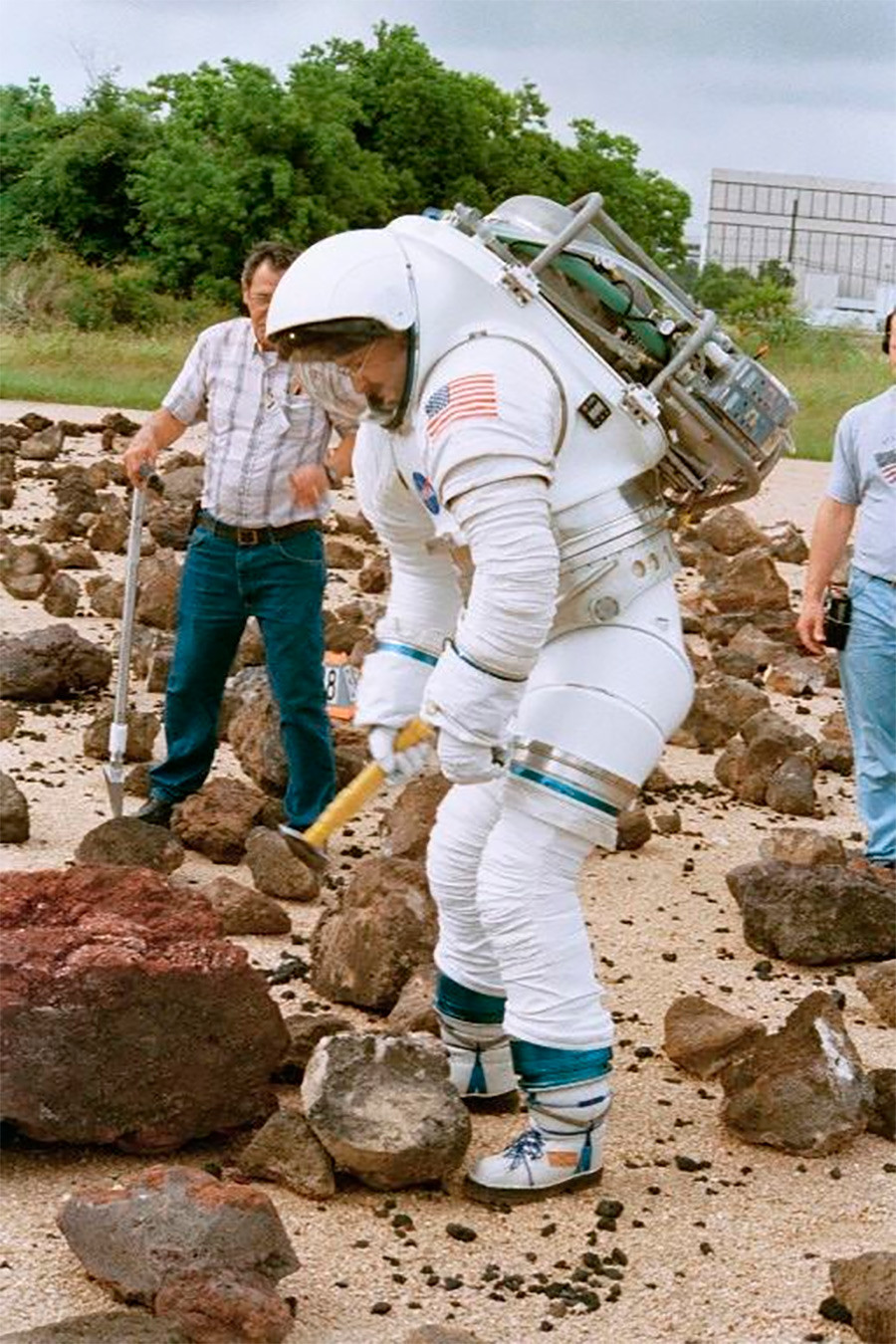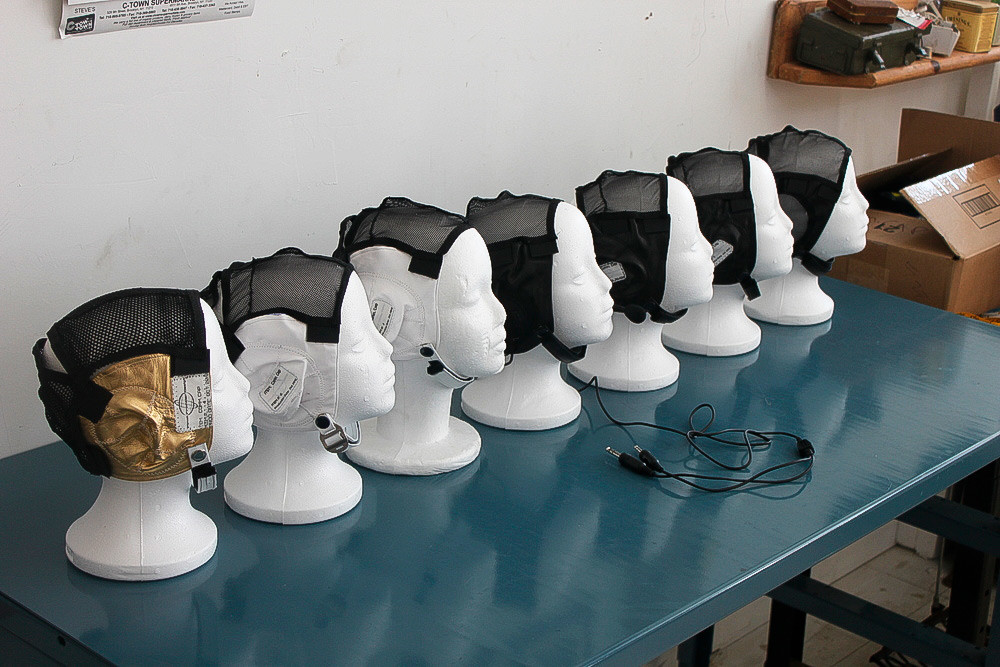This Russian designer is taking Martian spacesuits to the next level

But Nikolay Moiseev wants to change that. This Russian engineer likes challenging tasks and already proved to the world that if there’s a person destined to be a trendsetter in space fashion, it’s him.
$100k glove

The new gloves are capable of being used with tablet sensors and have unique joints that had never been used before in spacesuit gloves. This bespoke joint at the thumb allows the wearer to press the thumb to the index finger to grab small objects.
Another innovation is the knuckle joint, which gives more mobility with less resistance, so less oxygen is consumed by the user. It might all sound a tad too technical but for the spacesuit
“It took me many days and nights to figure this out,” remembers Moiseev. “I completely plunged into the problem and kept thinking about it all the time. I even dreamed about the solutions! I was in a kind of half-dream, but I didn’t sleep completely, nor was I awake either. More like meditation, going through hundreds of options...”
With the prize
Current spacesuits

Apart from all of the features described above, the martian spacesuit must also be durable enough to withstand tiny dust particles, which could damage the hardware. In order to work on the surface of Mars, the suit needs to be flexible, reasonably light, shield radiation, and be able to withstand harsh weather conditions.

Current gear doesn’t meet these standards. There is the Extra Vehicular Activity (EVA) spacesuit, which is used to walk outside of the International Space Station (ISS), and the emergency Intra Vehicular Activity (IVA) spacesuit worn inside the craft while journeying to and from the ISS. The EVA functions as a portable space ship itself with a mass of 114 kg. Fortunately, astronauts can’t feel the full weight in microgravity. Astronauts wear the IVA suit which weighs 10-18 kg inside the spaceship during launch and reentry. Enjoying a pleasant stroll on Mars wearing that? No way.
The roots of spacesuits

Back in
Despite bringing so many innovations and even designing a prototype of a martian suit while at Zveda, his plans for actually creating a spacesuit for Mars were not supported. The reason was the absence of a Mars mission in the Russian space agency program. But Moiseev did not give up on his dream and moved to the U.S. to work on his own company.
And now his Final Frontier Designs is getting contracts from NASA and polishing their prototype to improve its sophisticated gear. The sky’s the limit.
If using any of Russia Beyond's content, partly or in full, always provide an active hyperlink to the original material.
Subscribe
to our newsletter!
Get the week's best stories straight to your inbox